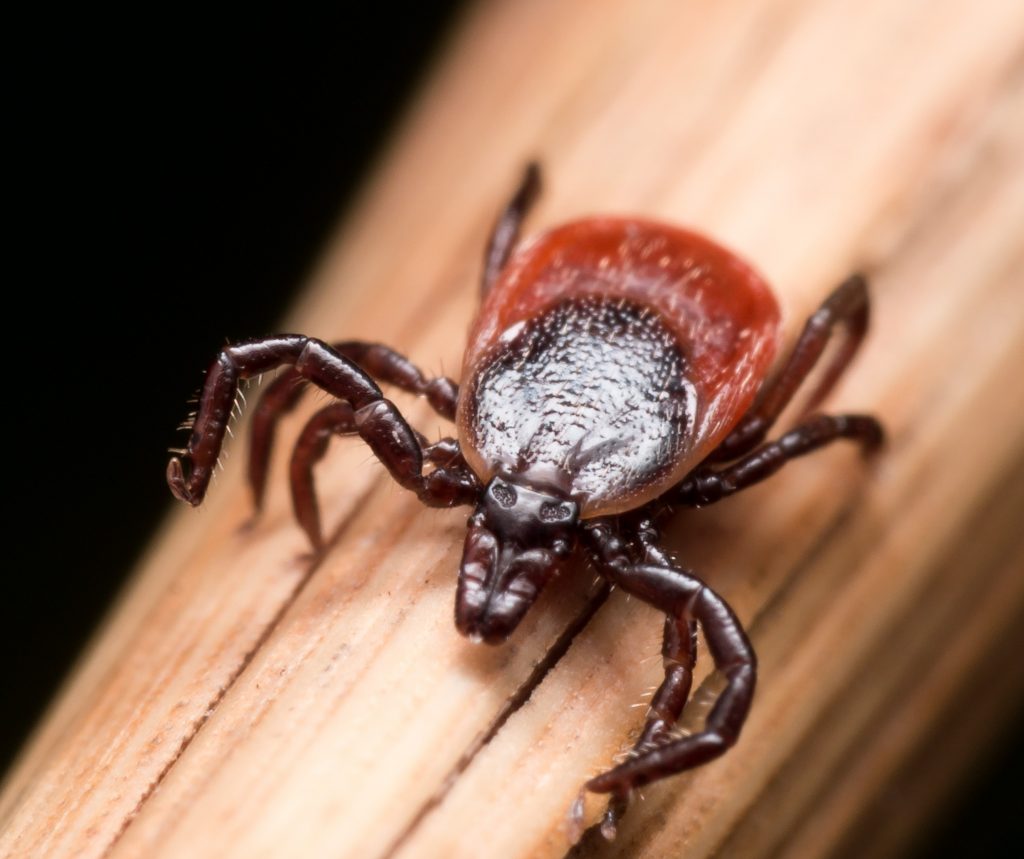“Unusually high” levels of deer tick virus found in Pennsylvania park

Officials report an “unusually high” infection rate of deer tick virus (DTV) detected in a Pennsylvania park.
Out of 25 ticks recently collected from Lawrence Township Recreational Park in Clearfield County, 23 carried the dangerous virus. That’s a 92% infection rate.
The previous highest DTV infection rate found at a single location in Pennsylvania was 11 percent. The highest infection rate reported nationally in scientific literature is about 25 percent.
The Pennsylvania Department of Environmental Protection’s (DEP) Vector Management Program strongly advises the public to take protective measures to reduce risk of exposure to ticks.
“Deer tick virus transfers very quickly through the bite from an infected tick, and the health outcomes from the deer tick virus are more severe than other tick-borne illnesses typically seen in Pennsylvania,” said DEP Secretary Patrick McDonnell.
The deer tick virus, which is a type of Powassan virus, is rare in the United States, but positive cases have increased in recent years. It is spread to people primarily by bites from infected ticks.
Initial symptoms of a DTV infection may include fever, headache, vomiting, and weakness. Some people who are infected with DTV experience no symptoms, and therefore infection may go undetected. However, according to the CDC, 91 percent of patients treated for DTV infections develop severe neuroinvasive disease.
Those who exhibit severe disease from deer tick virus may experience encephalitis or meningitis and require hospitalization, with symptoms including confusion, loss of coordination, difficulty speaking, or seizures.
About 12 percent of people with severe disease have died, and approximately half of survivors of severe disease have suffered long-term health impacts.
SOURCE: Pennsylvania Department of Environmental Protection




















We invite you to comment on our Facebook page.
Visit LymeDisease.org Facebook Page